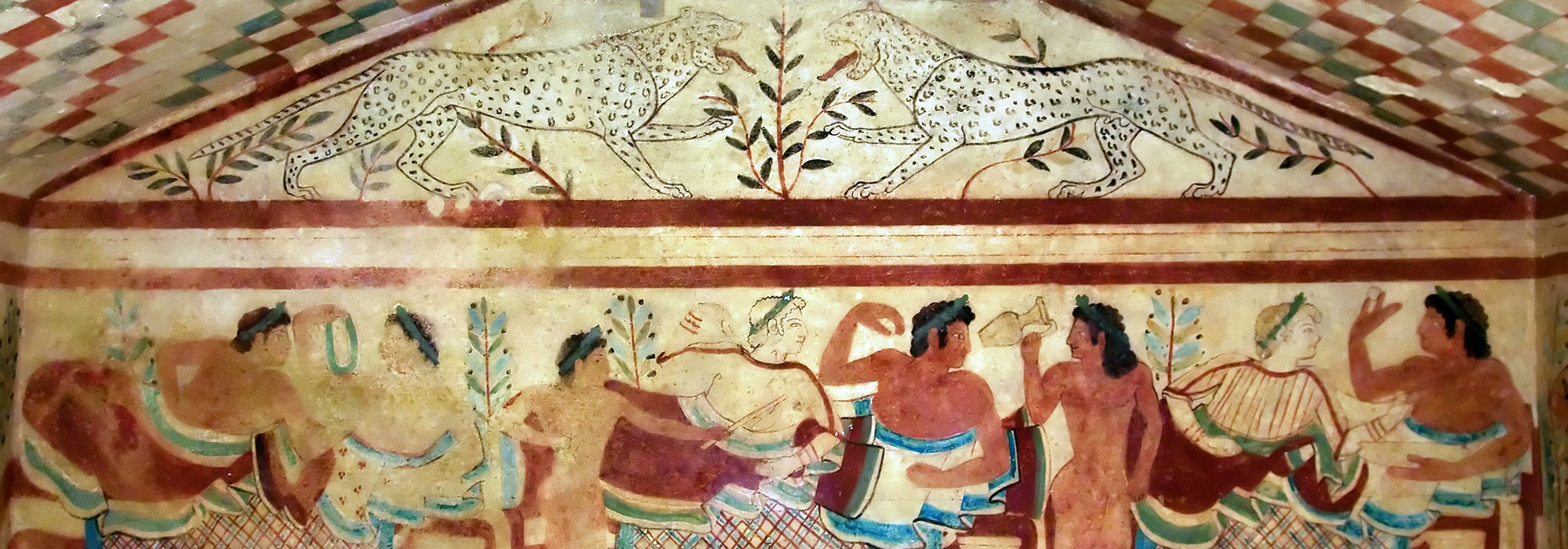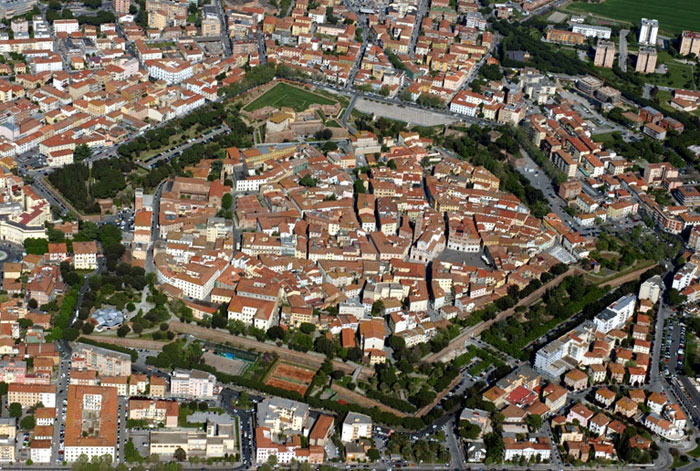What happened to the Etruscans?
The fate of the Etruscans, an ancient civilization that thrived in the Italian peninsula from the 8th to the 4th centuries BCE, is a subject of historical inquiry and debate. While there isn't a single, definitive answer to what happened to the Etruscans, several factors contributed to their decline and eventual assimilation into other cultures: Roman Conquest One of the most significant factors in the decline of the Etruscans was the expansion of the Roman Republic. By the 4th century BCE, Rome had conquered Etruscan territories and absorbed Etruscan cities into its growing empire. This process involved the political and cultural assimilation of Etruscan society into the Roman way of
Read More


